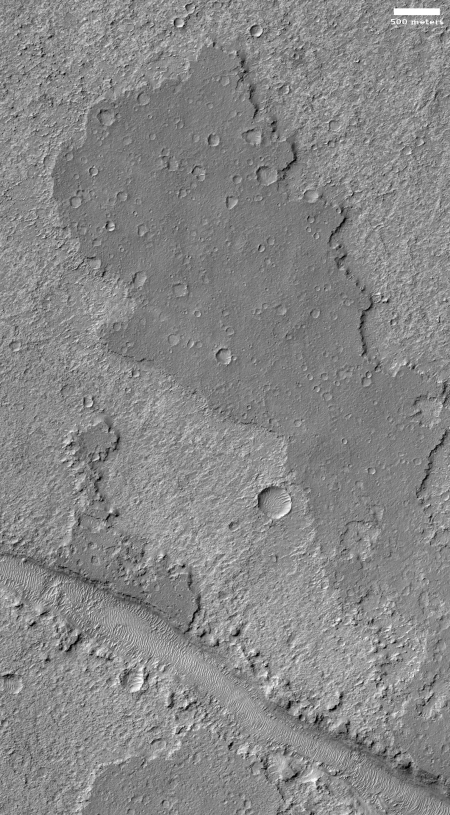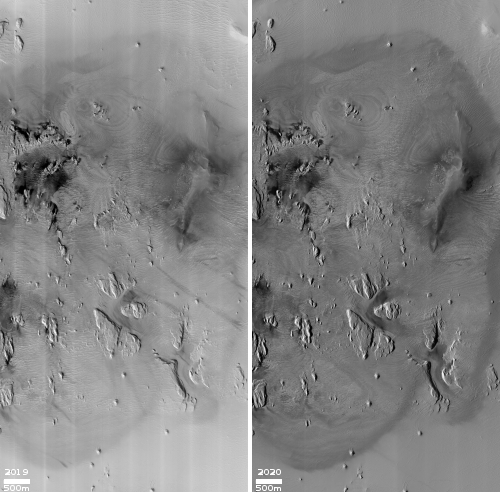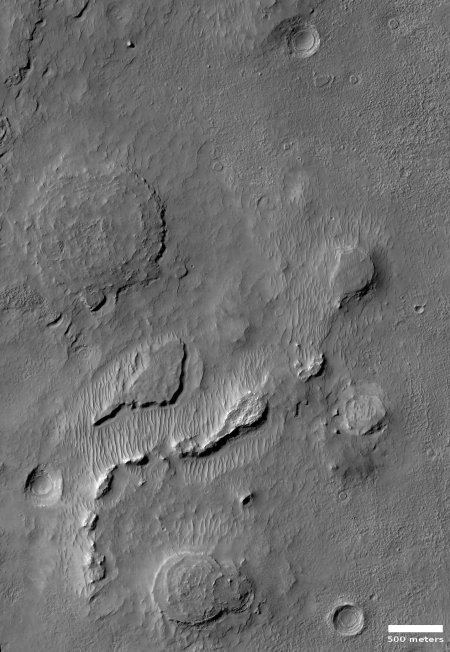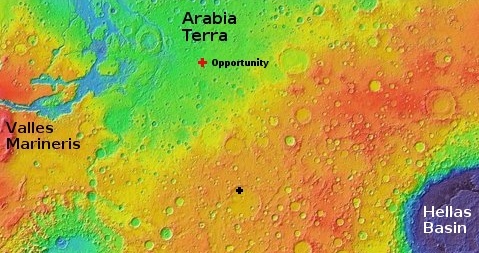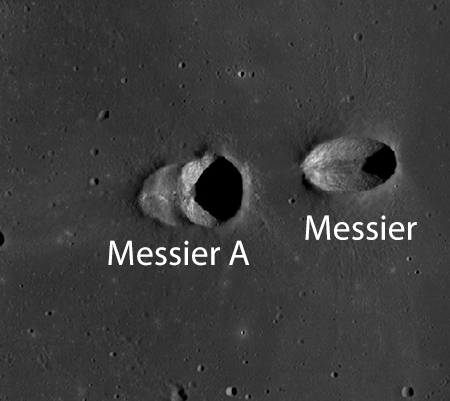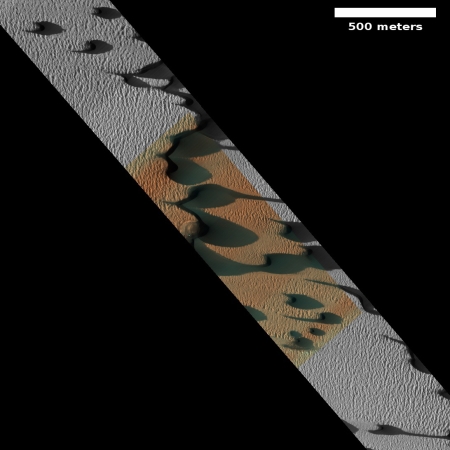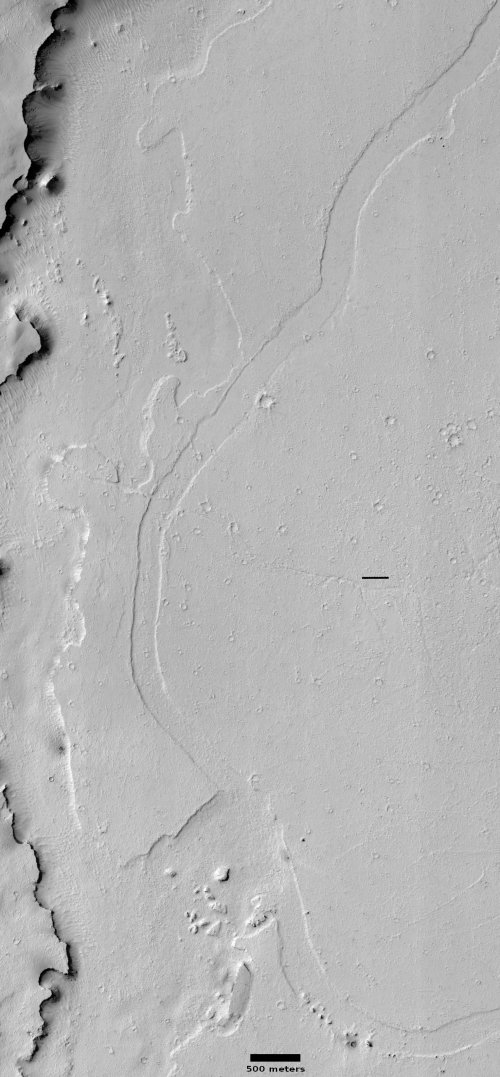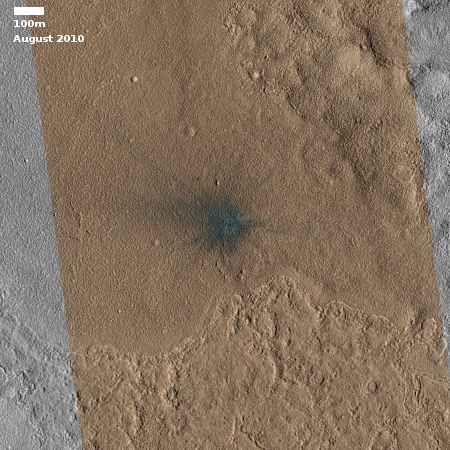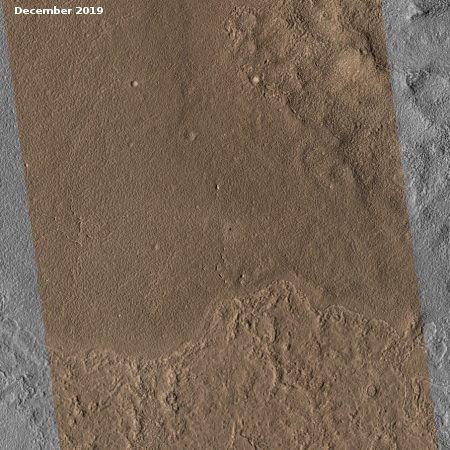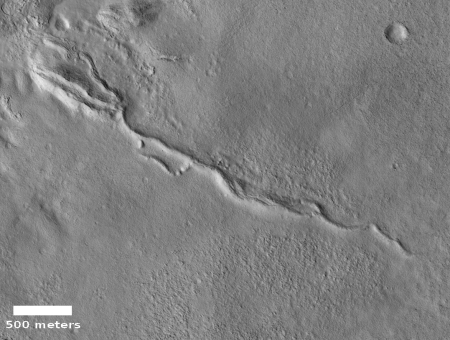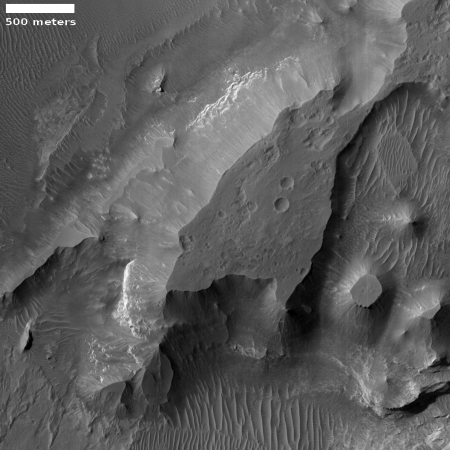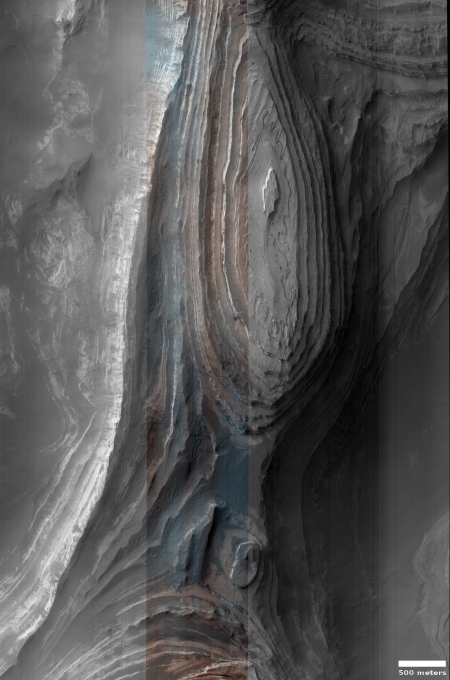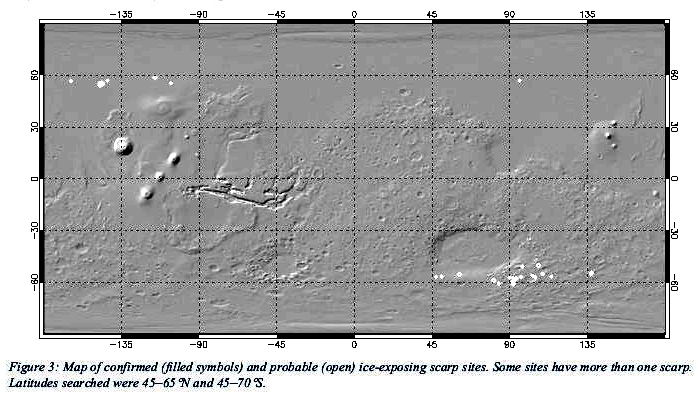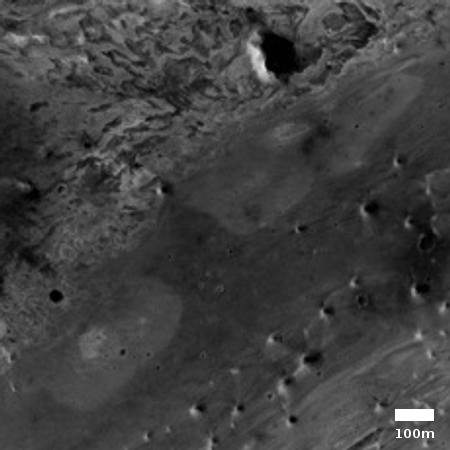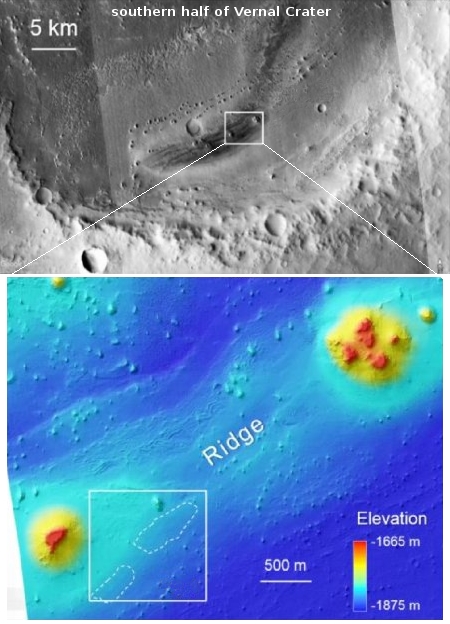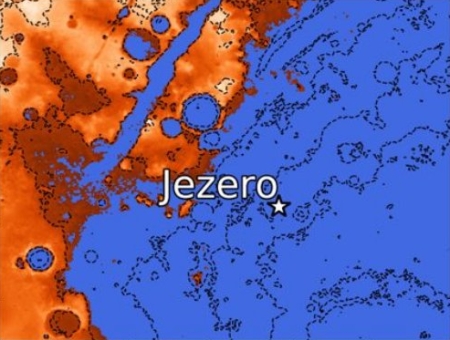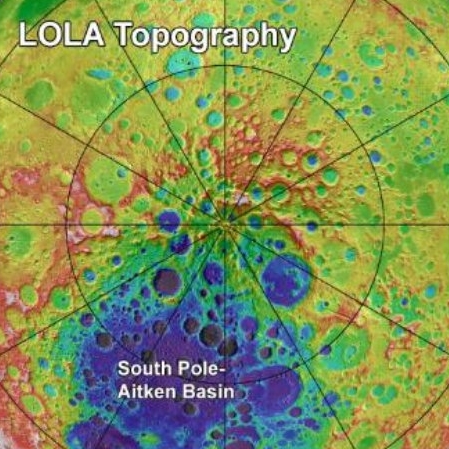Comet ATLAS appears to be breaking apart
Comet ATLAS, which astronomer hope could be the brightest comet in decades, is unfortunately showing evidence of breaking up, which if so could short circuit any spectacular comet show.
In a recent Astronomical Telegram, astronomers Quanzhi Ye (University of Maryland) and Qicheng Zhang (Caltech) report that photographs taken on April 2nd and April 5th of the comet revealed a marked change in the appearance of its core or pseudo-nucleus from starlike and compact to elongated and fuzzy. A second team of astronomers led by I. A. Steele (Liverpool John Moores University) confirmed the discovery. This change in appearance is “consistent with a sudden decline or cessation of dust production, as would be expected from a major disruption of the nucleus,” wrote Zhang and Ye.
An elongated nucleus is often a bad sign and could mean the comet’s headed for disintegration much like what happened to Comet Elenin (C/2010 X1) prior to its September 2011 perihelion passage when its core crumbled and the object rapidly dissipated. Addition evidence of ATLAS’s breakup comes from an unexpected shift in the direction of its orbital motion caused by “non-gravitational” forces. Fragmentation exposes fresh ice to sunlight which quickly vaporizes. The expanding gases act like a natural rocket engine and gently push the comet from its appointed path.
The article outlines in detail how bright ATLAS could become, because of its size and orbit and proximity to Earth as it passes closest to the Sun in late May. Assuming it does not disintegrate, it could end up brighter than Venus. Or not. Predicting the eventual brightness of a newly discovered comet is more guesswork than science. That the comet might be falling apart suggests its eventually brightness will be less that hoped.
Comet ATLAS, which astronomer hope could be the brightest comet in decades, is unfortunately showing evidence of breaking up, which if so could short circuit any spectacular comet show.
In a recent Astronomical Telegram, astronomers Quanzhi Ye (University of Maryland) and Qicheng Zhang (Caltech) report that photographs taken on April 2nd and April 5th of the comet revealed a marked change in the appearance of its core or pseudo-nucleus from starlike and compact to elongated and fuzzy. A second team of astronomers led by I. A. Steele (Liverpool John Moores University) confirmed the discovery. This change in appearance is “consistent with a sudden decline or cessation of dust production, as would be expected from a major disruption of the nucleus,” wrote Zhang and Ye.
An elongated nucleus is often a bad sign and could mean the comet’s headed for disintegration much like what happened to Comet Elenin (C/2010 X1) prior to its September 2011 perihelion passage when its core crumbled and the object rapidly dissipated. Addition evidence of ATLAS’s breakup comes from an unexpected shift in the direction of its orbital motion caused by “non-gravitational” forces. Fragmentation exposes fresh ice to sunlight which quickly vaporizes. The expanding gases act like a natural rocket engine and gently push the comet from its appointed path.
The article outlines in detail how bright ATLAS could become, because of its size and orbit and proximity to Earth as it passes closest to the Sun in late May. Assuming it does not disintegrate, it could end up brighter than Venus. Or not. Predicting the eventual brightness of a newly discovered comet is more guesswork than science. That the comet might be falling apart suggests its eventually brightness will be less that hoped.

